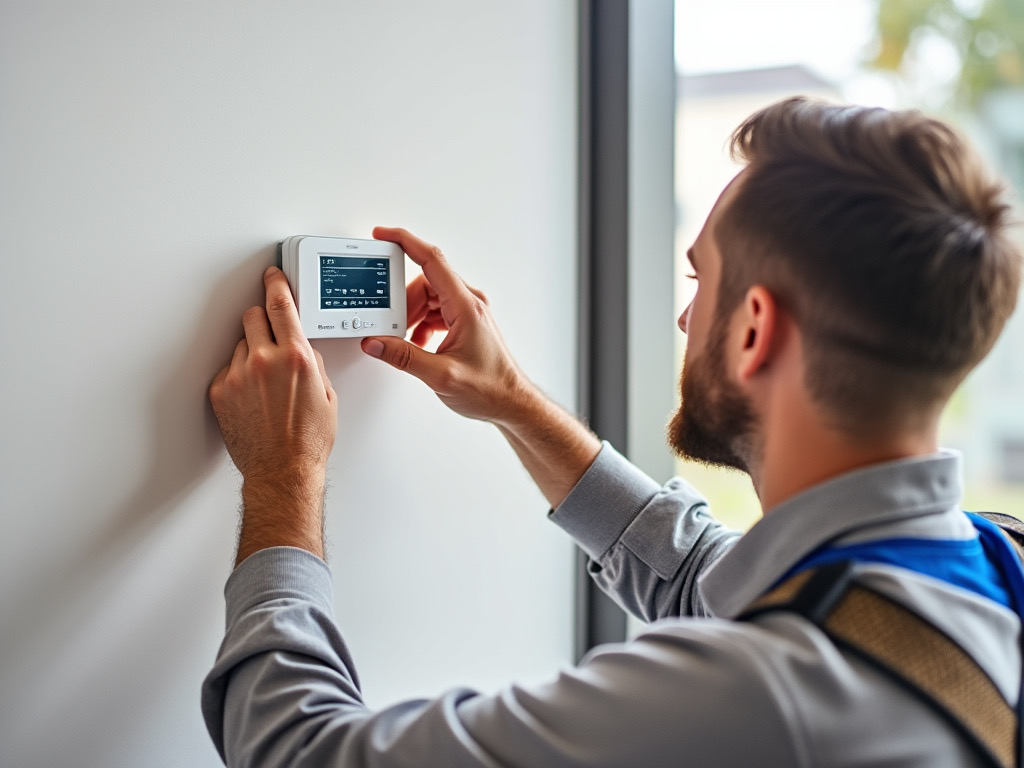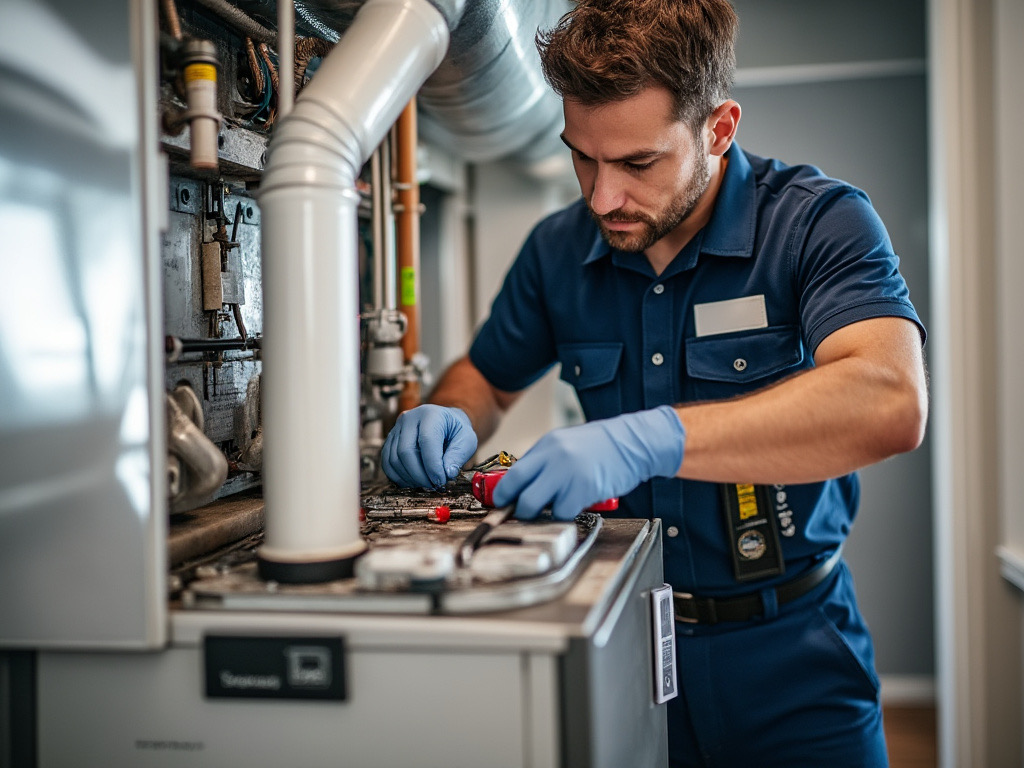
Potential Savings on Energy Bills
Installing a new thermostat can lead to significant savings on energy bills. Modern thermostats often come with features such as programmable schedules and smart home integration, allowing homeowners to optimize their heating and cooling systems based on their actual needs. By reducing unnecessary energy use during hours when the house is unoccupied, a new installation can lower monthly utility costs effectively.
Moreover, the energy efficiency gained from an updated thermostat can translate into long-term financial benefits. Consumers frequently notice a reduced reliance on heating and cooling systems, which not only saves money but also extends the lifespan of these appliances. Whether opting for a basic model or a high-tech solution, investing in thermostat installation and repair can pay off over time through decreased energy expenses.
Longterm Benefits of Upgrading
Upgrading to a more advanced thermostat can significantly enhance the efficiency of a home’s heating and cooling system. Modern programmable and smart thermostats allow homeowners to better control their indoor climate, with features that adjust temperatures automatically based on occupancy patterns and preferences. This level of control can lead to substantial energy savings over time. With proper Thermostat Installation and Repair, these devices can operate optimally, ensuring that homes remain comfortable while reducing unnecessary energy consumption.
Additionally, the long-term benefits go beyond just energy savings. Many of these advanced thermostats come equipped with features that monitor system performance and provide maintenance reminders, potentially prolonging the lifespan of HVAC units. Homeowners can also often access mobile applications that allow for remote adjustments. Investing in quality Thermostat Installation and Repair ensures that these benefits are fully realized, allowing families to enjoy a more efficient and responsive home environment.
Local Market Variations
Local market variations significantly impact the cost of thermostat installation. Prices can vary considerably depending on the region, influenced by factors such as local demand for HVAC services, labor rates, and availability of skilled technicians. In metropolitan areas, where competition among service providers is more intense, homeowners might find lower installation costs than in rural regions. Seasonal trends also contribute, with some times of the year seeing greater demand for installations, which can drive prices up.
Understanding local market dynamics can help homeowners make informed decisions about thermostat installation and repair. It's essential to research the prevailing rates in your area and compare quotes from different professionals. Discounts or promotional offers may also be available in specific regions, which can further influence overall costs. By staying informed about local variations, homeowners can better budget for the installation and ensure they receive a fair price for the services rendered.
Regional Cost Differences
Regional differences can significantly impact the cost of thermostat installation and repair. In urban areas, where the demand for skilled labor is higher, prices may be elevated due to increased overhead costs for contractors. Conversely, rural regions might offer more competitive pricing as fewer specialized technicians compete for work, leading to broader budget options for homeowners.
Real estate trends and local energy regulations also play a role in these costs. For instance, markets with aggressive energy efficiency mandates may incentivize homeowners to invest more in smart thermostat technologies, potentially raising installation fees. Understanding these regional factors can aid homeowners in planning their budget for thermostat installation and repair.
Choosing the Right Professional
Finding the right professional for thermostat installation and repair is crucial to ensure a successful project. Look for technicians who specialize in HVAC systems, as they will have the knowledge and expertise to handle various types of thermostats efficiently. Checking reviews and testimonials can provide insight into the quality of their work and customer service. A qualified technician should also be familiar with the specific models you are considering, as well as the nuances of integrating them with existing systems.
It is important to evaluate qualifications such as certifications and licenses. Professionals certified by recognized institutions have undergone training that meets industry standards. Experience in thermostat installation and repair is also a key factor; a long history in the field often translates to better problem-solving skills and knowledge of potential issues. Don't hesitate to ask about their previous projects, as this can help gauge their ability to tackle your particular needs.
Evaluating Qualifications and Experience
When selecting a professional for thermostat installation and repair, it is crucial to evaluate their experience in the field. Look for contractors who have been in the business for several years and possess specific expertise in HVAC systems. Assess their track record by reviewing customer testimonials or seeking recommendations from friends and family. A well-established professional often indicates a solid level of reliability and competence.
In addition to experience, checking qualifications such as certifications and licenses is essential. Professionals should have formal training and hold certifications from reputable organizations. These credentials demonstrate their understanding of industry standards and best practices. Ensure that the contractor has the necessary insurance to protect against any potential damages that may occur during the thermostat installation and repair process.
FAQS
What is the average cost to install a thermostat?
The average cost to install a thermostat typically ranges from $100 to $300, depending on the type of thermostat and the complexity of the installation.
Are smart thermostats more expensive to install than traditional ones?
Yes, smart thermostats usually have a higher installation cost, often ranging from $200 to $500, due to their advanced technology and features.
Can I install a thermostat myself to save money?
While some homeowners may choose to install a thermostat themselves, it is recommended to hire a professional to ensure proper installation and avoid potential issues.
What factors can affect the cost of thermostat installation?
Factors such as the type of thermostat, the complexity of the installation, local labor rates, and any necessary electrical work can all influence the overall cost.
How much can upgrading to a programmable or smart thermostat save on energy bills?
Upgrading to a programmable or smart thermostat can lead to energy savings of 10% to 20% on heating and cooling costs, depending on usage patterns and settings.
